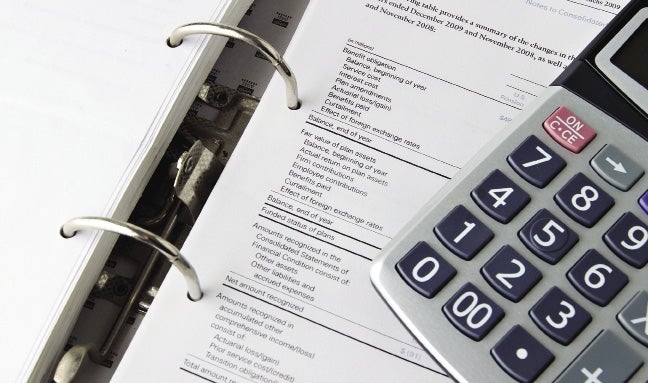Most businesses follow the calendar year for their fiscal cycles. That’s why many firms are assembling their budgets for 2013 now.
The wrong way to do it is to think of a budget as a bunch of spreadsheets, then have the accounting department prepare spreadsheets using last year’s budget, adding 5 percent to revenue and payroll, and keeping the results secret from the management team.
But what’s the right way to put that critical budget together?
Here are eight guidelines:
1. A Budget Is A Plan for the Business
Big questions should be answered before numbers are crunched. Those questions include:
• How is your target market performing? Flat, slow growth, explosive growth?
• What share of the market do you have and do you want to have?
What’s the competitive landscape? Are there new players, fewer players, big companies entering it? Are there dynamic changes or new operational processes that redefine the business?
• Are there new initiatives you want to start?
• What are the big goals you want to achieve in revenue growth and profit growth?
2. Create Two Budgets
One method that I’ve found helpful is to create two budgets. The first is a top-down, no-detail “aspirational budget” that makes grand assumptions (i.e., revenue up 10 percent, new products will create X amount in revenue; headcount will increase 10 percent) about what the business wants to achieve. The second budget, a detailed budget, is a traditional plan with all the normal details. The point here is to identify differences between the two and work toward the aspirational budget.
3. Establish Deadlines
The budget process needs a timetable and a deadline or it can go on forever. The analysis described in Step 1 should be completed by Nov. 15, coinciding with the closing of October’s financial statements. This offers 10 months of actual data on which to base the budget. The budget should be completed by Christmas.
4. Include Management
The managers who will be responsible for achieving the results need to be included in the budget process, including the analytical work that’s done before the number crunching.
5. Make the Financial Goals Explicit
Once the analysis is complete, but before the number-crunching begins, the CEO must decide the financial goals, make them known to management and, later, to the entire company.
6. Format Profit-and-Loss Budget
The profit-and loss-budget must be in the exact format of the monthly profit-and-loss financial statements to help with comparison analysis as the year progresses.
7. Define Metrics And Ratios
Budgets should also include metrics and ratios that are important business drivers. These can include revenue per employee, revenue per sales employee, and other standard operational measures used in your industry.
8. Prepare The Cash-Flow Budget
Preparing a cash-flow budget is critical, especially if the business will require debt or equity financing during the year. Knowing how much you’ll need – and when – gives the business the time to search for those financing sources. This is also where preparing a capital budget is important.
Bob Ainsworth, CPA, is CFO of New England Business Media, the parent company of the Worcester Business Journal.
Read more
Tangible Assets’ New Tax Rules: Beware Of 4 Changes That Can Impact Businesses
How To Pitch To Private Investors
Avoid Marketing’s ‘Black Hole’: 4 Search Engine Tips To Keep In Mind
The Cloud Is Calling You: It’s Time To Replace The Server Room

